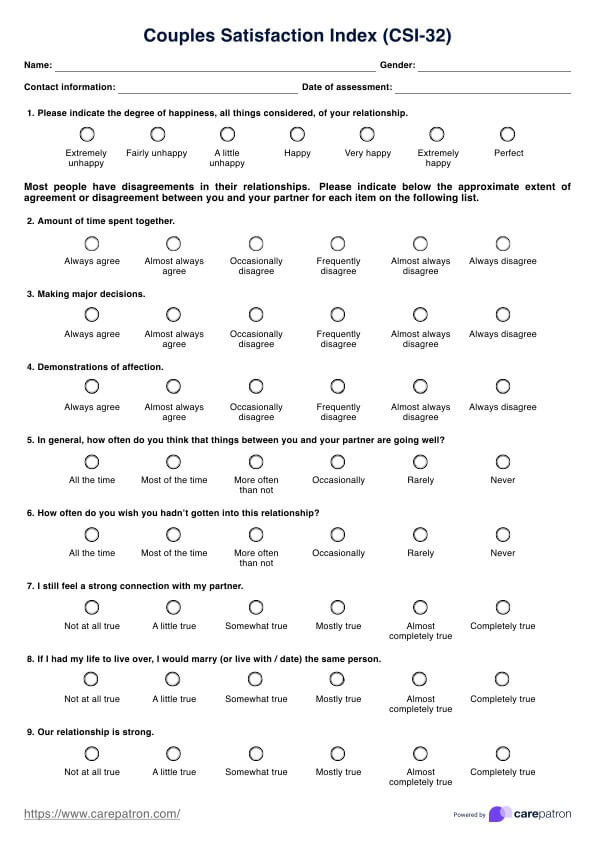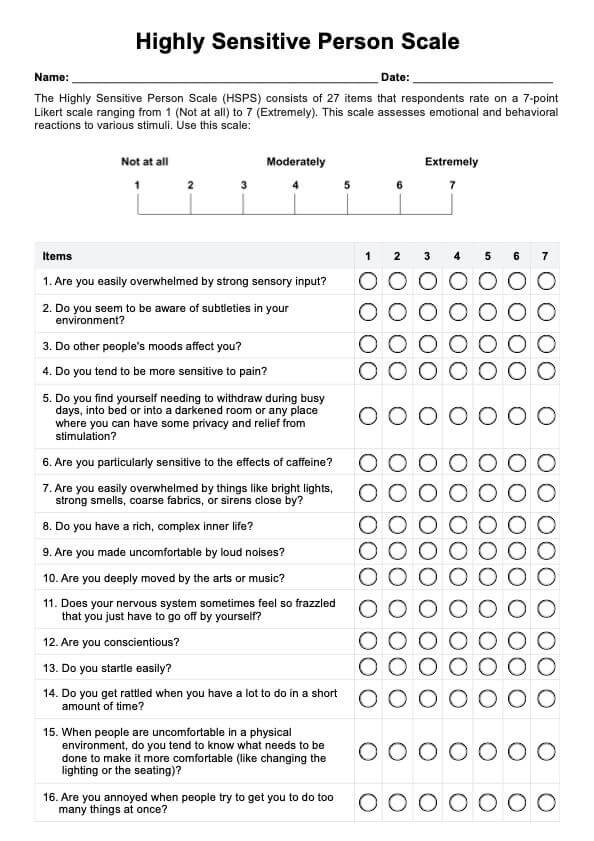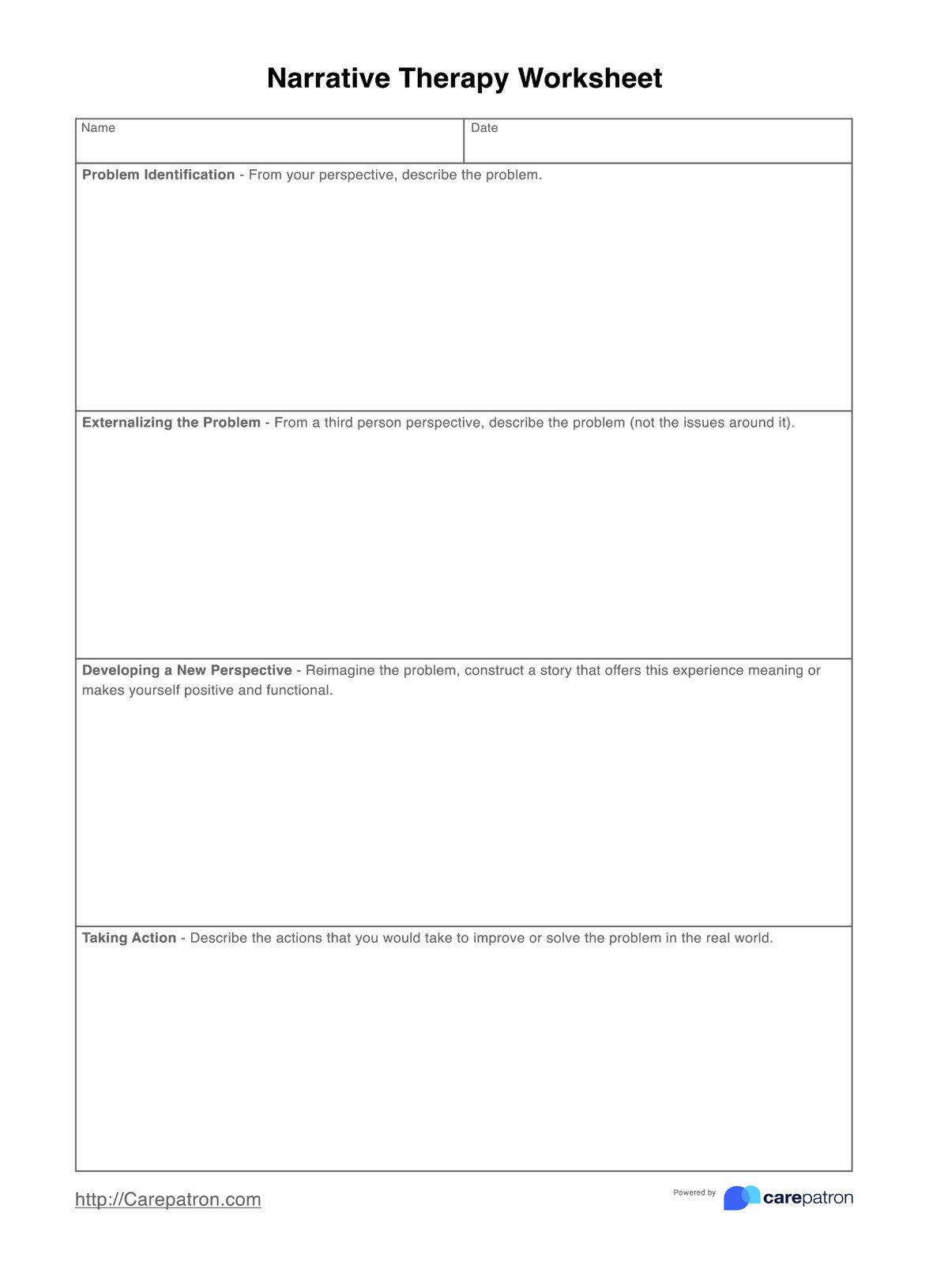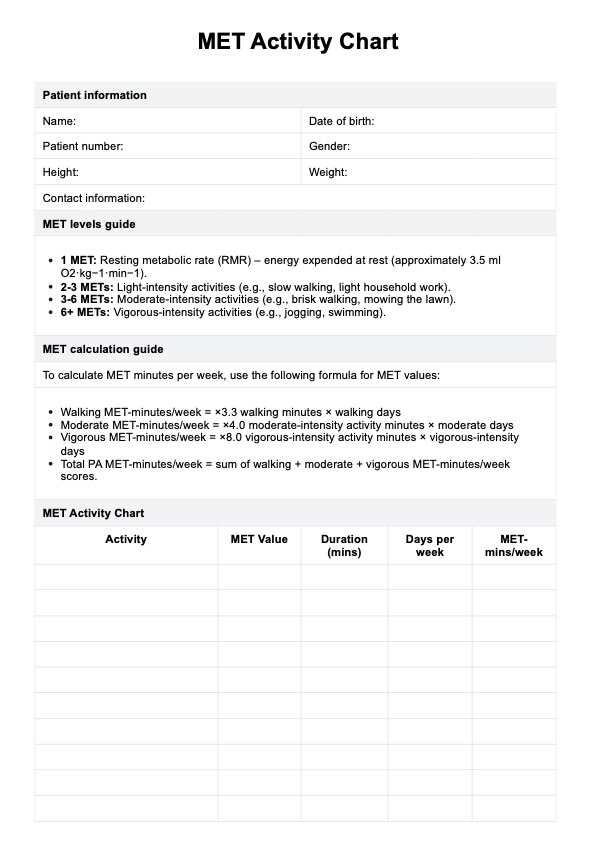Identifying Emotions Worksheet
Help clients recognize and understand their emotions with our Identifying Emotions Worksheet, empowering them to manage their emotions effectively.


What is an Identifying Emotions Worksheet?
Teaching clients emotion regulation can be a challenge. This is where different resources, like our Identifying Emotions Worksheets, can help. An Identifying Emotions Worksheet is a structured therapeutic tool designed to help individuals recognize, understand, and process their emotional experiences. These worksheets serve as a bridge between experiencing emotions and developing deeper self-awareness by providing a systematic way to document and analyze emotional responses.
The worksheet typically includes sections for recording specific situations that trigger difficult or negative emotions, noting physical sensations in the body, identifying both primary and secondary emotions, and exploring associated thoughts and behaviors.
It breaks down complex emotional experiences into manageable components, allowing individuals to examine how different emotions manifest in their everyday lives. Completing these identifying feelings worksheets helps develop a richer emotional vocabulary and strengthens the ability to distinguish between various emotional states in oneself and with others around one.
Identifying Emotions Worksheet Template
Identifying Emotions Worksheet Example
How do our recognizing emotions worksheets work?
Our Identifying Emotions Worksheet is a structured approach to emotional awareness and regulation. Here's how you can use this worksheet in your clinical practice:
Step 1: Access the template
From the template preview on this page, click "Use template" to access and customize the worksheet within the Carepatron platform. To get a PDF copy, you can click on "Download."
Step 2: Let the client describe the situation
Begin by having the individual describe a specific emotional experience, including what happened, the location, the people involved, and the sequence of events. This concrete documentation helps establish the context and creates a clear starting point for emotional exploration.
Step 3: Physical awareness
Guide the person through identifying their body's physical responses during the emotional experience. The worksheet provides a comprehensive checklist of physical sensations, including chest sensations, stomach feelings, muscle tension, temperature changes, and breathing patterns.
Step 4: Identifying their emotions
Work with the client to name and rate the intensity of their primary emotions on a scale of 1-10. The ability to identify multiple emotions, both negative and positive emotions, in a single situation acknowledges the complexity of emotional experiences and develops a deeper understanding of emotional responses.
Step 5: Reflection and integration
Engage in the reflection process by examining thoughts during the situation, behavioral responses, and potential triggers. This final step helps identify patterns, develop insights, and plan alternative responses for future situations as they work towards emotional balance.
When to use this Identifying Emotions Worksheet?
Understanding when to implement an Identifying Emotions Worksheet can significantly enhance therapeutic outcomes and allow clients to navigate their own feelings. This helpful tool provides structured support across various situations and populations:
During emotional overwhelm
The worksheet becomes particularly valuable when individuals are experiencing intense emotions or struggling with self-control. It provides an opportunity to pause, take deep breaths, and systematically process their emotional experience. This is especially useful when clients feel sad, anxious, or overwhelmed and must break down their emotional responses into manageable components.
For skill development
This can be highly effective when individuals are learning to read body language and facial expressions in themselves and others. The worksheet helps track how physical sensations connect to emotional states, making abstract feelings more concrete and observable. For instance, when teaching students in educational settings, students learn to be more adept at recognizing other emotions that may be less obvious but equally important.
In therapeutic transitions
The worksheet is a useful bridge between therapy sessions, helping individuals maintain emotional awareness and regulation practice outside of clinical settings. It's particularly useful when introducing new coping strategies, transitioning between treatment phases, or working to develop greater emotional independence.
Benefits of our free Identifying Emotions Worksheets
The benefits of free Identifying Emotions Worksheets include the following:
Improved emotional intelligence
The worksheets can help people gain higher emotional intelligence, including the ability to recognize, comprehend, and control one's and other people's emotions.
Better coping skills
The worksheets can assist people in creating effective coping mechanisms for dealing with challenging emotions and situations.
Improved communication
Our Identifying Emotions Worksheets can improve a person's ability to express emotions, improving their interactions and relationships with others.
Personal growth
The free Identifying Emotions Worksheets can aid people in self-reflection and personal development, which helps improve well-being and self-awareness.
Cost-effective
These free worksheets provide people, therapists, and educators with an affordable method for gaining access to an essential tool for emotional development and growth.
Commonly asked questions
To recognize your emotions, follow these three steps: first, identify what you are feeling by taking a moment to pause and reflect on your emotions without judgment, using a feelings list if necessary; next, locate where you feel it in your body, as physical sensations can provide clues about your emotional state; and finally, explore the reasons behind these feelings, which helps in understanding their origins and significance.
Teaching emotion recognition can be approached through various methods, such as modeling emotional expressions, using visuals like emotion wheels, and engaging children in discussions about feelings portrayed in stories or media. Activities like role-playing and games can also enhance their ability to identify and label emotions effectively.
To teach a child emotional regulation, start by discussing emotions during calm moments, helping them recognize and name their feelings. Use techniques such as deep breathing or counting to ten when they experience strong emotions. Encourage play-based exploration of feelings through storytelling or puppet play, and model appropriate responses to emotions yourself.


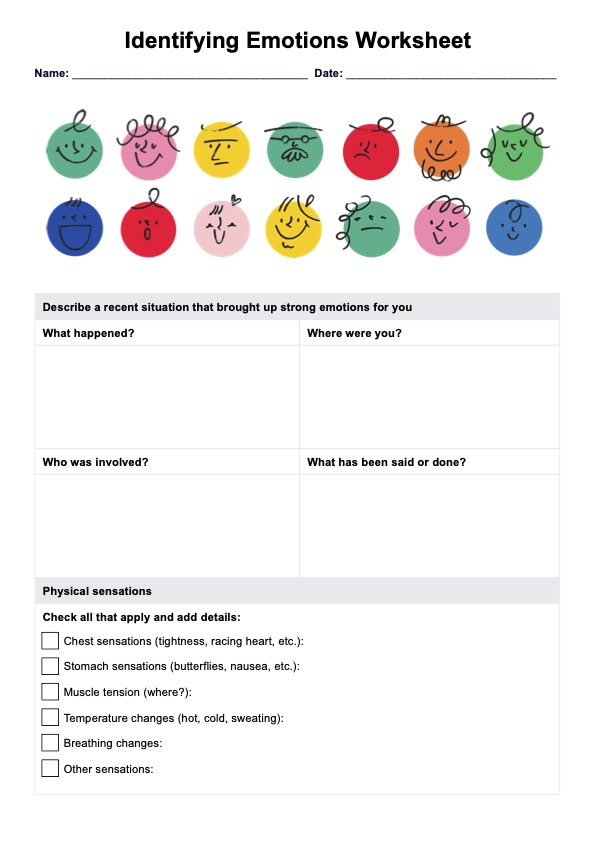
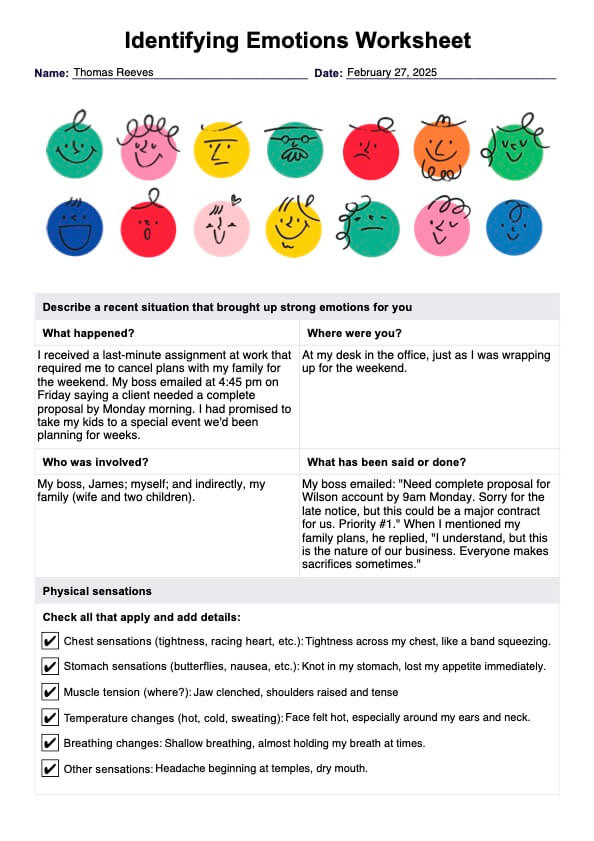


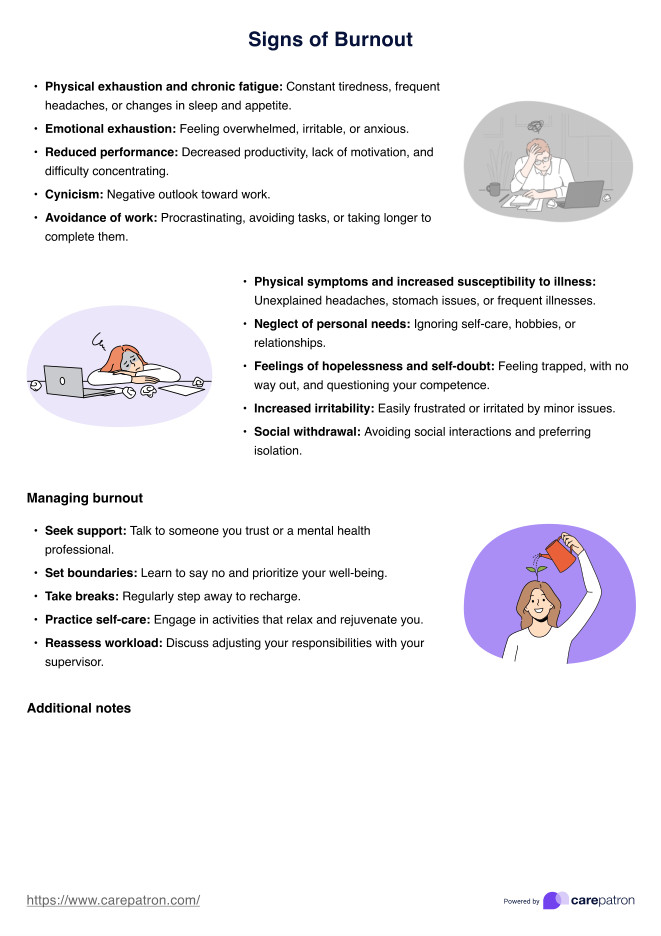
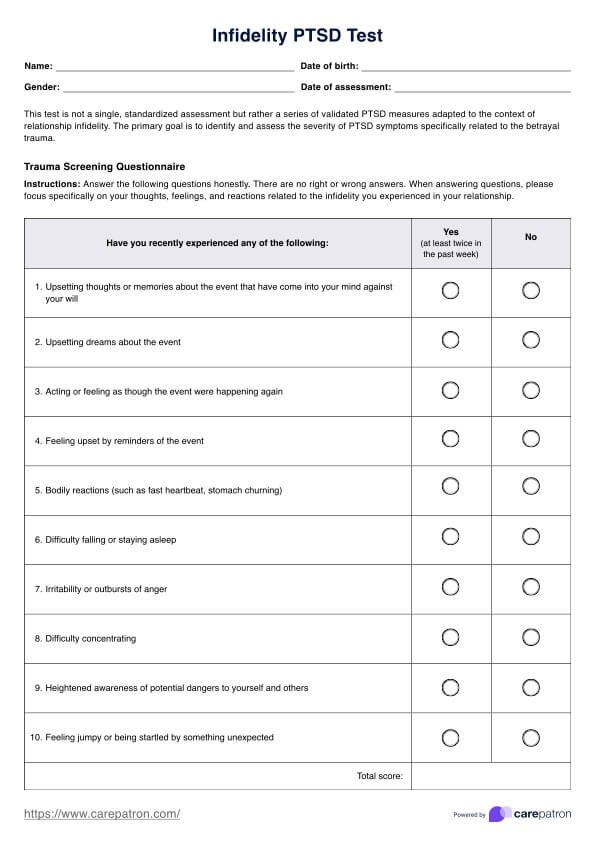









-template.jpg)










































































